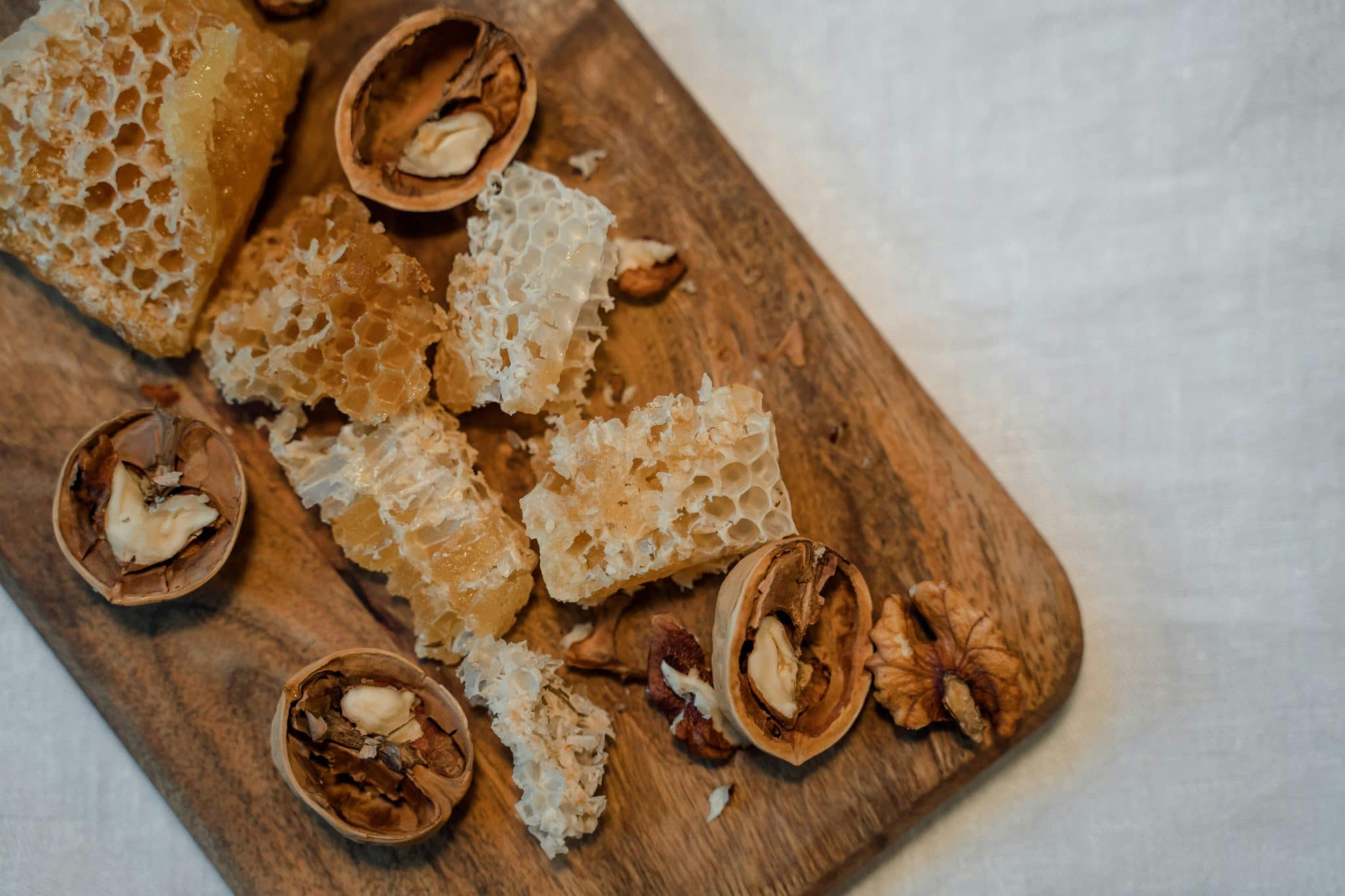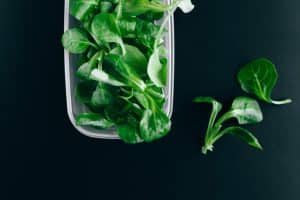Cooking with Chronic Illness: Adapting Kitchen Routines for Health Conditions
Cooking can be a therapeutic and enjoyable activity for many people. It’s a way to express creativity, experiment with new ingredients, and nourish our bodies. However, when living with a chronic illness, cooking may become a daunting task. The physical and mental limitations that come with chronic conditions can make it challenging to maintain a consistent kitchen routine. In this article, we will explore ways to adapt your kitchen routines to accommodate and support your health conditions, so cooking can continue to be a pleasurable experience.
The Link between Chronic Illness and Cooking
According to the CDC, 6 in 10 adults in the United States have a chronic illness, such as heart disease, diabetes, arthritis, or cancer. These conditions can lead to fatigue, pain, and mobility issues, making daily tasks, including cooking, challenging.
Cooking requires stamina, dexterity, and balance, which can be affected by chronic illness symptoms. For example, someone with arthritis may have difficulty holding utensils or bending to reach pots and pans, while someone with lung disease may struggle with standing for long periods or lifting heavy objects. Additionally, some chronic conditions require dietary restrictions, which can add an extra layer of complexity to meal planning and cooking.
Adapting Your Kitchen Routines for Health Conditions
1. Simplify Your Kitchen Layout
Reorganizing your kitchen can make cooking less physically demanding and more accessible. Consider keeping frequently used items, such as utensils and spices, in easy-to-reach places. This will reduce the need to bend or stretch for these items. Also, placing heavier items, like pots and pans, on lower shelves or drawers can minimize lifting and strain on the muscles. You may also want to invest in lightweight and ergonomic kitchen tools, like knives with larger handles or jar openers, to make food preparation less strenuous.
2. Embrace Convenience Foods
While cooking from scratch is often the preferred method for many people, using convenience foods can help save time and energy, especially on days when symptoms may be more severe. Opt for pre-cut vegetables, canned beans, or frozen fruits to reduce the amount of time and effort spent on food prep. Many grocery stores also offer ready-to-eat meals that cater to specific dietary needs, such as gluten-free or low-sodium options. These can be a lifesaver on days when cooking is simply not feasible.
3. Batch Cooking for Easy Meal Prep
Chronic illness can often lead to “spoon theory,” a term used to describe having limited energy or “spoons” to complete tasks throughout the day. To save “spoons,” consider batch cooking and meal prepping. This involves preparing larger portions of meals and freezing them for future use. This way, you can have a delicious, home-cooked meal without having to put in the physical effort every day.
4. Use Kitchen Gadgets for Assistance
Kitchen gadgets can significantly assist in making cooking more manageable for those with chronic illness. Electric can openers, food processors, and mixers can help reduce the strain on your hands and arms. A slow cooker or instant pot can also be helpful, as they require minimal effort and allow for hands-free cooking. Additionally, investing in a good quality and comfortable chair or stool can make standing at the stove or sink less tiring.
5. Seek Support from Family and Friends
Cooking with a chronic illness can be overwhelming and exhausting, so don’t be afraid to ask for help. Reach out to family and friends to assist with meal prep or cooking. You can also host potluck-style dinners where everyone contributes and brings a dish, so you don’t have to do all the cooking.
Conclusion
Cooking with a chronic illness can be a challenge, but it doesn’t mean you have to give it up. With some modifications and support, you can continue to enjoy the pleasures and benefits of cooking. Remember to listen to your body and make adjustments as needed. By adapting your kitchen routines, you can make cooking a more manageable and enjoyable experience, even with a chronic illness.










